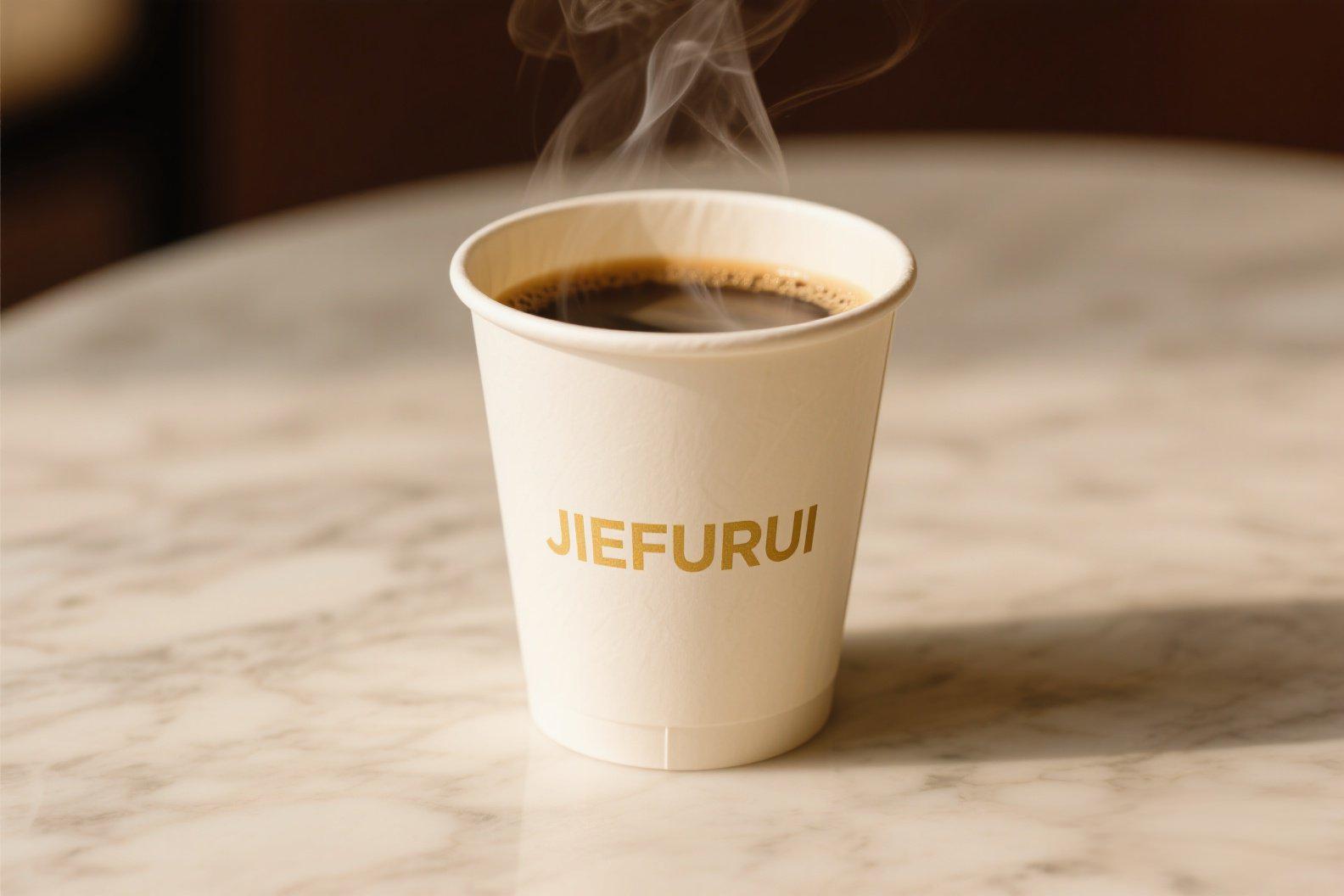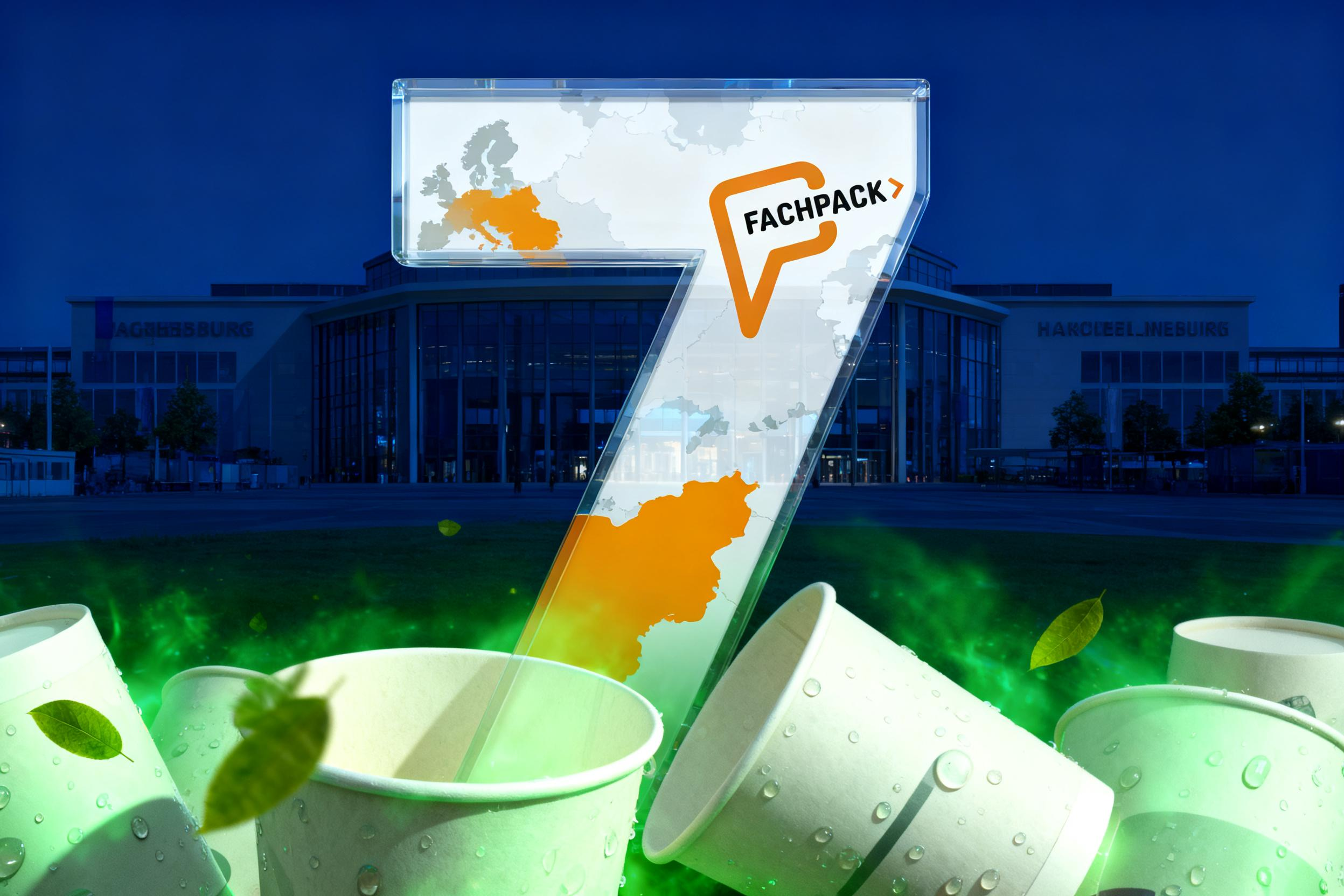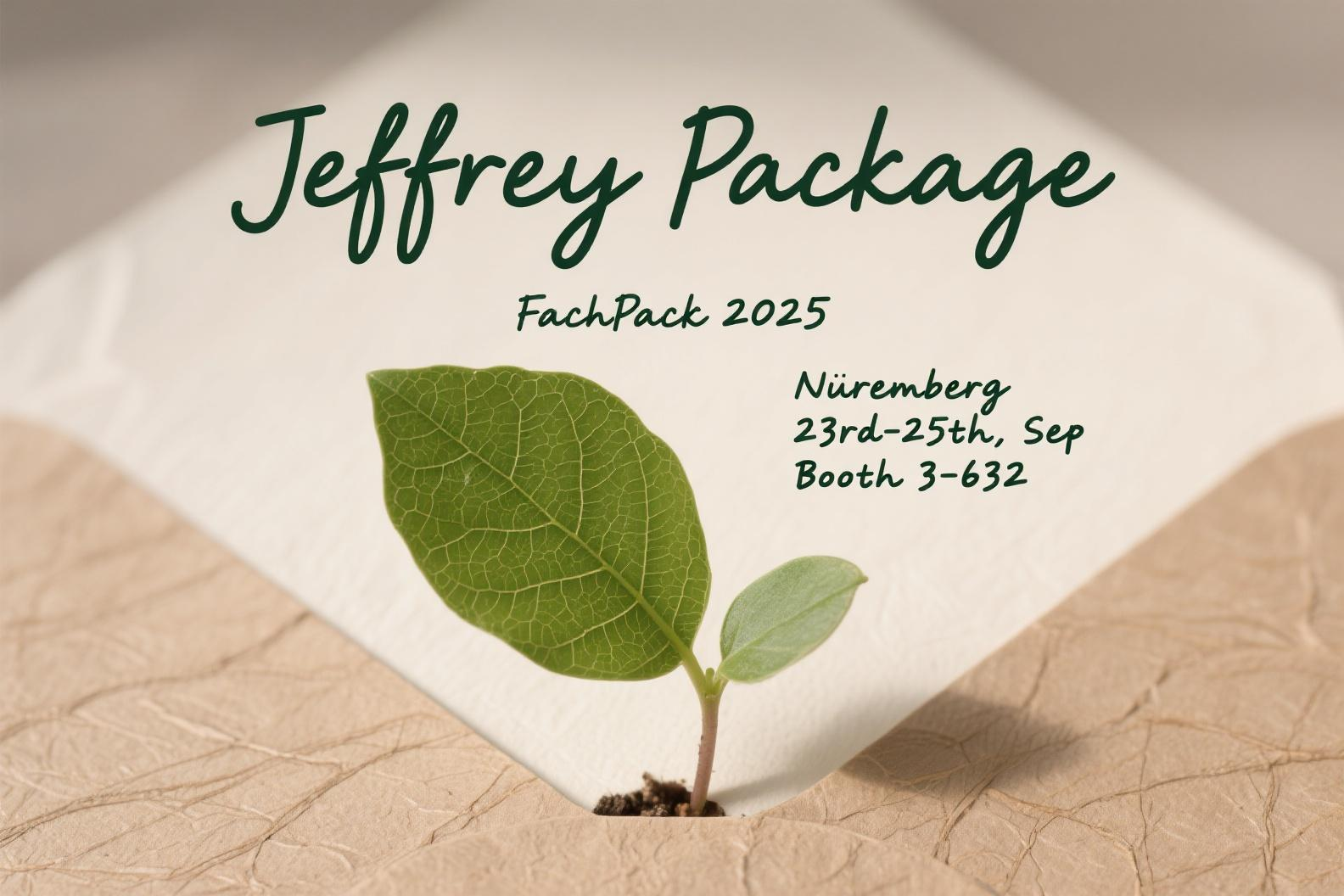Cup Economy Evolution: The Dual Dynamics of Beverage Culture and Sustainability
Consumption-Driven Industry Reshaping
- Beverage Socialization
The ritual of carrying branded cups—Starbucks cold brew in business districts, Nayuki’s tea cups in shopping malls, or Manner Coffee’s eco-labeled cups—has turned disposable cups into cultural icons. China’s paper cup market surged to ¥48 billion in 2022, with a 12.7% CAGR, fueled by Gen Z’s “drink-and-share” lifestyle. Limited-edition collaborations (e.g., HEYTEA × FENDI) and functional designs (low-carbon slogans) now drive 65% of premium cup sales.
Policy and Technological Revolution
- Global Plastic Ban Wave
Hong Kong’s plastic restriction policy accelerated PLA-coated cup adoption, though traditional PE cups still dominate 72% of the market3. The EU’s Packaging and Packaging Waste Regulation mandates 90% biodegradability by 2030, forcing Asian manufacturers to invest $280 million in production-line upgrades. PLA coating costs have dropped 40% in three years, narrowing the price gap with PE alternatives.
Competitive Landscape Polarization
- Market Stratification
- North America contributes 30% of global paper cup consumption, with a market size of $10 billion by 2025. Driven by coffee culture, brands such as Starbucks consume over 5 billion cups annually.
- European environmental policies drive PLA material penetration rate to exceed 40%, German biodegradation certification standards eliminate 23% of Asian imported products.
Emerging Growth Pole (Asia Pacific)
- The growth rate of China’s paper cup market is the world’s largest, with the OEM market reaching 15.32 billion yuan (CAGR 11.25%) in 2024, and the demand for PLA paper cups increasing by 16% compared to 2023.
- Southeast Asia relies on PE materials, resulting in a cost difference of $120/ton compared to EU standards. Local manufacturers occupy 85% of the mid to low end market share.
- Regional Divergence
While Southeast Asia relies on cost-effective PE cups, Europe adopts PLA standards, creating a $120/1,000-unit price threshold. Germany’s 90-day biodegradability certification led to 23% rejection of Chinese exports, highlighting green trade barriers.
Future Outlook
The paper cup industry, now a $32.38 billion global market, faces a pivotal transition: balancing consumer-driven branding with circular economy imperatives. As British scholar Geoffrey Jones noted, “Packaging revolutions are technological manifestations of global middle-class culture”—a truth unfolding in every sip from today’s emblematic cups.
Wenzhou Jeffrey New Materials Co., Ltd
Wenzhou Jeffrey New Materials Co., Ltd with an annual production capacity of 250 million pieces, the CNC rate of the production line exceeds 90%, the core technology covers multiple patents, and the products have passed the EU food grade certification. The proportion of green products is high, and the delivery cycle of orders is fast.





